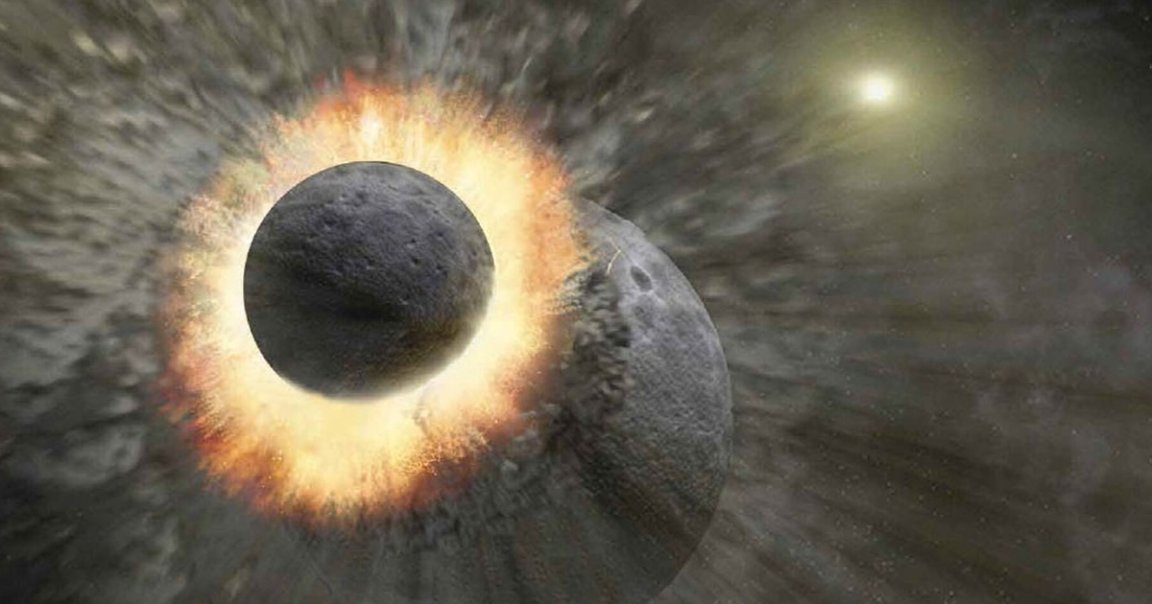
Theoretical Twist
The prevailing theory about how the Moon formed is that a Mars-sized rock called Theia slammed into the Earth more than four billion years ago, and the Moon formed from the resulting debris from both objects.
The problem is that the Moon’s composition is far more like Earth’s than it should be based on that theory. But now, researchers have come up with a twist that could explain why: Theia hit the Earth when the planet was covered by a massive magma ocean.
Moon Material
In a study published in Nature Geoscience on Monday, researchers from the Japan Agency for Marine-Earth Science and Technology describe how they performed a series of simulations showing what would’ve happened if the collision with Theia took place while the Earth was partially molten.
They found that that the Moon’s composition would make more sense given that scenario, because magma would’ve splashed into space much more easily than solid material.
“Prior work on lunar formation basically ignored the effect of the magma ocean,” researcher Natsuki Hosono told Space.com. “Our research concluded that the magma ocean is one of the most important things for the moon-forming giant impact.”
READ MORE: The Moon May Have Formed When Earth’s Magma Was Blasted into Space [Space.com]
More on the Moon: It Turns Out That Our Moon Once Had an Atmosphere